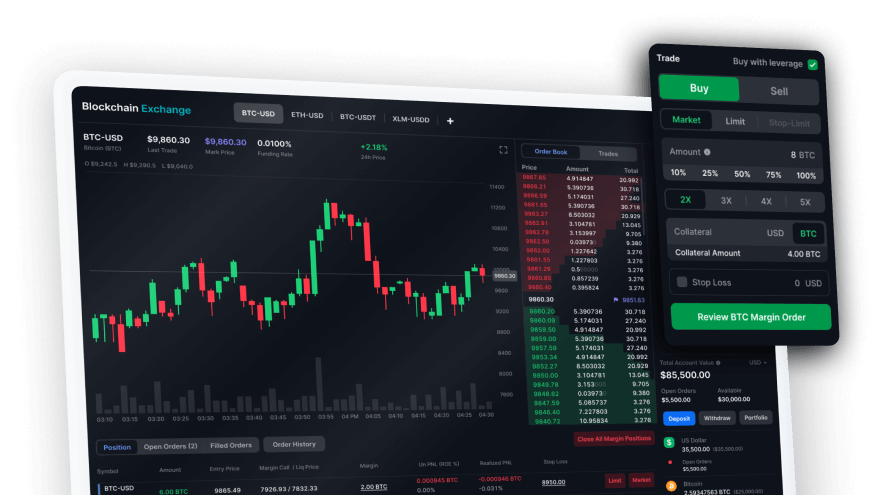eCash (XEC) is a relaunched variant of Bitcoin Cash ABC (BCHA), which itself is a fork of Bitcoin (BTC). eCash frequently bills itself as a type of digital asset that aims to be used as electronic cash. eCash's sole purpose is to provide a medium of exchange to pay for goods and services without the need for a bank account.












A brief history
eCash is a digital currency that was developed after a hard fork of the Bitcoin Cash blockchain as such eCash, also formerly known as Bitcoin Cash ABC coin (BCHA), shares several similarities with Bitcoin.
Despite being a hard fork of the Bitcoin Cash ABC token, eCash has implemented several upgrades to improve the overall quality of the network. eCash plans to move to a Proof-of-Stake consensus layer called “Avalanche,” allowing holders of XEC coins to stake their tokens to earn rewards. This upgrade will also increase the speed with which transactions are linked to the network. Finally, the move to a Proof of Stake consensus will allow the eCash project to access the DeFi ecosystem and the Ethereum Virtual Machine (EVM). Compatibility with the EVM indicates the project is working towards interoperability with Ethereum-based projects.
XEC in practice
eCash's basic units are called “bits,” They replace Bitcoin Cash ABC's cumbersome decimal places. Thus eCash allows you to transmit 10 bits instead of 0.00001000 BTC. 90% of all the eCash to exist has been mined. The inflation rate for eCash is low (less than 2% as of 2021), and will eventually decrease to zero.
There are no tokenomics of eCash (XEC) but it follows many of the same rules already established for Bitcoin (BTC). It shares Bitcoin’s supply and distribution model, meaning that every 210,000 blocks, approximately every four years, miner rewards are cut in half, this event is known as ‘the halving’. ‘Halving events’ are significant because it marks another drop in the rate of new Bitcoins being produced as it approaches its finite supply. ECash has the same supply cap as Bitcoin of 2.1 quadrillion satoshis, divided by 100, yielding 21 trillion XEC. The reason for this is simply that it is easier for users to mentally grasp integers and this decision aligns with the coin’s goal of mass adoption.



































































































